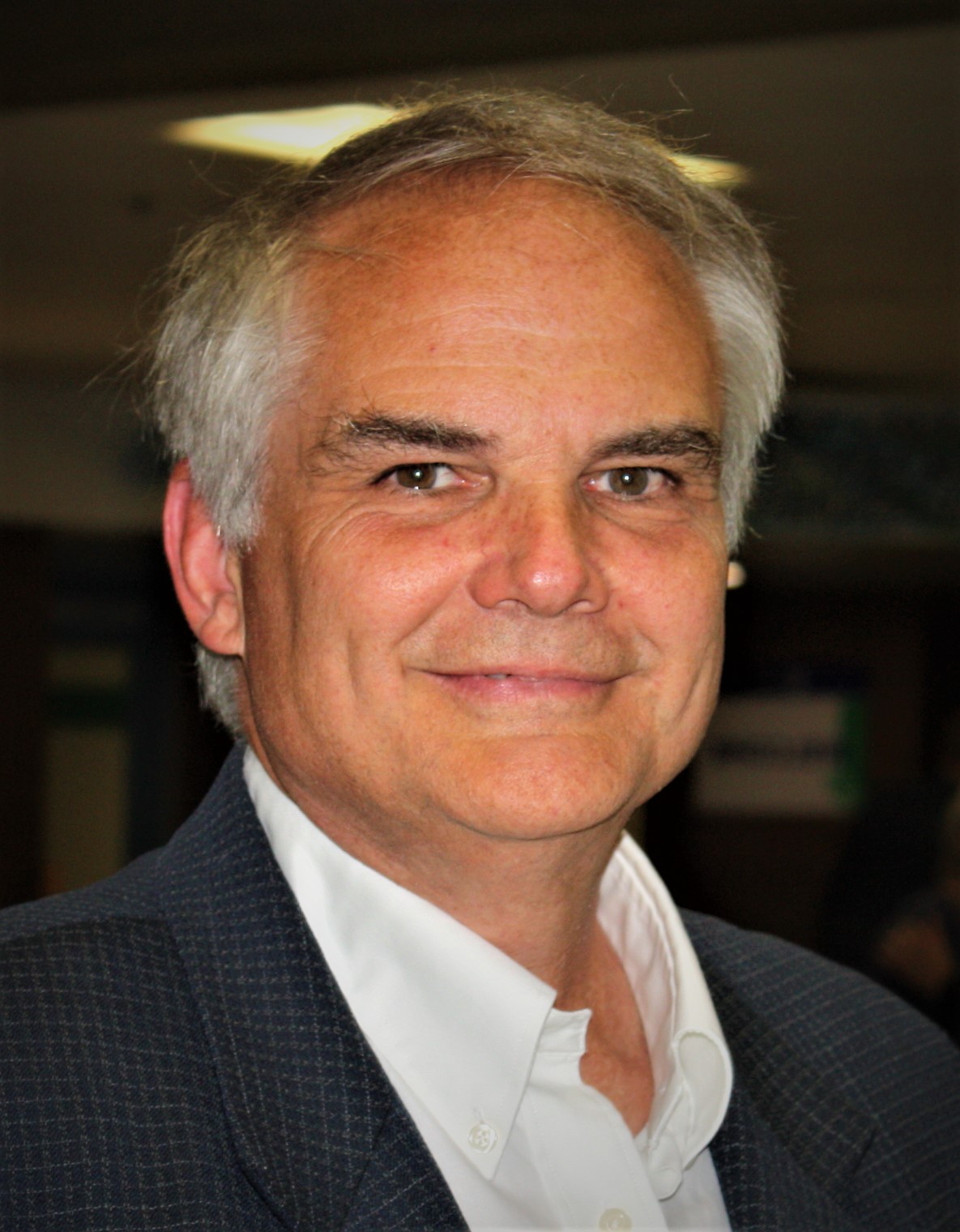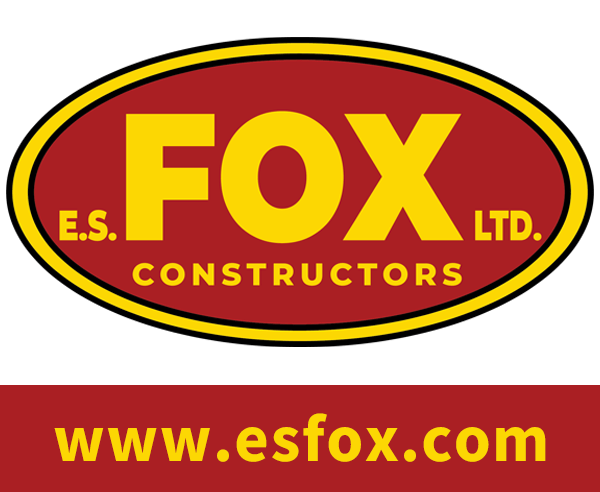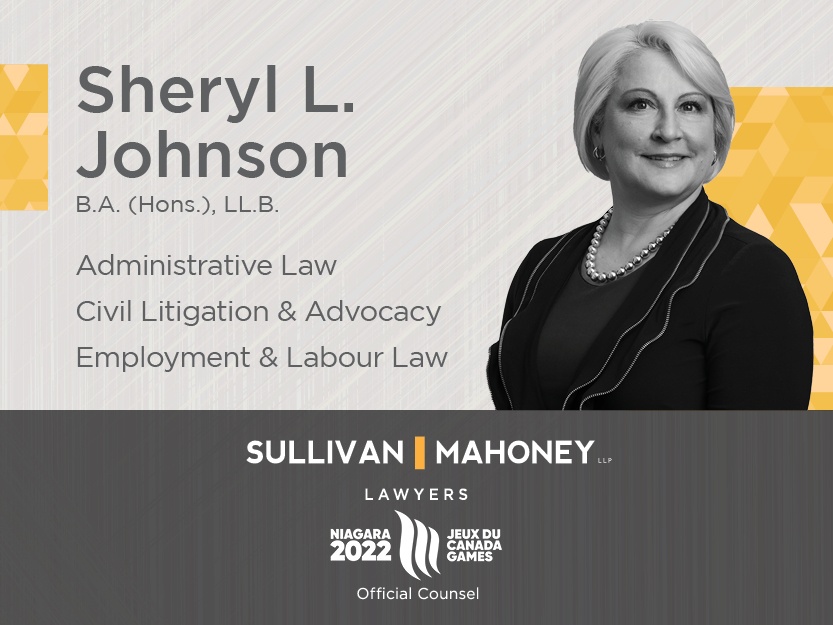Now that the election is over, Canadians can expect to see a flurry of activity over the next eight weeks in Ottawa. As early as next week Prime Minister Mark Carney will select his cabinet and signal the recall of Parliament. Later this month there will be a Throne Speech that outlines the priorities of the Liberals’ fourth mandate. In June the Carney government will deliver its first deficit budget followed by playing host to the G-7 Nation leaders. And as we have just learned, next week Carney will be travelling to the White House to discuss Canada-U.S. relations with President Donald Trump. It promises to be a hectic May and June as MPs return to Ottawa and parliament after a four-and-a-half-month hiatus. Here is what to expect and to watch out for from the Carney government.
From the Liberals’ campaign pledges, here are five items Canadians can expect to see in the first weeks of this new government.
- New industrial carbon tax and carbon border adjustment mechanism – In the Liberal campaign, a key promise was the introduction of a new tax on Canadian businesses that will “improve and tighten” the current industrial carbon tax to ensure “big polluters pay” within Canada’s industrial and agricultural sectors. Carney also mentioned he would introduce a new “carbon border adjustment mechanism” for tariff imports from non-carbon-taxed jurisdictions. No details of these taxes have been shared but it is certain that Carney understands how the new taxes are to be structured given his advocacy for carbon tax regimes as the U.N.’s Special Envoy for Climate Action and Finance. Canadians will not have to wait long to learn how the new carbon tax regime will impact the country’s business community, larger energy-intensive industries and their exports, and the Canadian consumer who will likely have these costs passed on in retail prices.
- Net-zero energy transition objectives – Though not mentioned much in the Liberal campaign, Carney is an ardent champion of “net zero” initiatives and is steadfastly committed to maintaining energy production caps on the oil and gas sector and the restrictive C-69 Impact Assessment Law (a.k.a. no more pipeline law). Carney’s objective is to transition Canada’s energy production and use from fossil fuels to renewable energy sources. He would like to phase out the oil and gas sector in the coming decades and hopes to not develop 80 per cent of Canada’s current fossil fuel reserves. This is the main thrust behind the Liberals’ commitment to reduce the country’s industrial greenhouse gas emissions to at least 40 per cent below 2005 levels in 2030, and to achieve net zero by 2050. Though Carney claimed his government intends to “build, baby, build” as an energy superpower, the net zero goals suggest otherwise, directly impacting jobs and resource development in western Canada.
- The first budget will have an expected large deficit – Since their first budget in spring of 2016, the Liberals have not delivered a balanced budget; their consecutive deficits have doubled the country’s national debt. As promised during the election, the Carney Liberals will spend $130 billion of new government support measures over the next four years – over and above the deficit budget spending projected by the Trudeau Liberals. Today, Canadian taxpayers are paying $1 billion a week for servicing the debt on this government overspending – and this is forecast to rise with Carney’s promised spending – something that has solicited cautionary comments from credit rating agencies and banks. This week Deloitte Canada stated, “Business confidence is cooling. Investments are stalling. Canada’s economy is walking on a tightrope.”
- Statements about the realignment of trade and security alliances – Carney has repeatedly stated that Canada’s longstanding relationship with our southern neighbour “is over.” On election night he told his supporters, “Our old relationship with the United States, a relationship based on steadily increasing integration, is over.” In the past few months there are a few hints provided regarding where Canada might find new trading opportunities and security allies. Canadians can expect to hear more in the coming weeks on potential increased trade in Europe and China, and new security arrangements with western allies – while at the same time Carney will be discussing a new trade arrangement with Trump.
- Canadian economy is to worsen – It may not be mentioned with the G-7 meetings are held in Canada this June, but the country’s productivity rate has decreased to the point where Canada is the group’s weakest. In fact, Canada is near the bottom of all advanced countries for GDP growth, and the Organization for Economic Co-operation and Development forecasts that Canadians’ growth in living standards will be the worst of all developed member-countries through 2060. As bad as that is, Canada’s weakened state of the economy is expected to get softer with the country having entered into a recessionary period for the balance of 2025. For Canadians, we can expect an increase in the cost of living and a decrease in standard of living. Verily, Carney’s fiscal and economic acumen is to be immediately put to the test.
Here are another five news items Canadians should watch out for that will provide a sense of how the Carney government will conduct itself through its mandate.
- Details of Carney’s investment holdings will be made public – As a multimillionaire global banker who held multiple positions with international companies and organizations, Carney was subject to many accusations of conflicts of interest. Since assuming the office of prime minister, he placed his financial investment and assets portfolio in a blind trust. He had refused all calls to divulge information about his portfolio before the election vote, but according to Canadian ethics laws this information will be public in the coming weeks. The details of his portfolio will likely provide fodder for partisan attacks, but Carney will have an opportunity to strengthen bonds of trust with the public in how he addresses any questions about conflicts of interest.
- Discussions about new taxes – The Carney Liberals’ plan to spend more will undoubtedly result in the government’s need to find new revenues. There are a number of new tax measures that have been discussed in Ottawa circles in the past few years. It is not a question of whether, but when, the Liberals will have to introduce new taxes. So be forewarned of any mention of these potential taxes: the increase in capital gains tax first introduced in fall of 2024, the often-mentioned home equity tax, the reintroduction of the consumer carbon tax, a penny or two hike in the GST, a wealth tax, or perhaps as they just introduced in Australia a tax on unrealized gains in an individual’s investment portfolio.
- China and foreign influence – There are many outstanding questions about China and its undue influence subverting Canadian sovereignty. The Paul Chiang/Peter Yuen/Joe Tay scandal during the election campaign is the most recent example of the Liberals’ close relationship with a Chinese Communist Party (CCP) network within Canada. Most disturbing is the documented CSIS reports and testimony that there is a minimum of 11 and as many as 50 MPs and Senators collaborating with foreign countries. Given the relationships held by Carney and his former company Brookfield with Beijing and CCP, it is not likely this government will be transparent in answering the concerns over foreign influence in the country – and in the Liberal Party. However, Canadians deserve answers to these serious questions of national sovereignty.
- Globalist agendas at play in Ottawa – It is not conspiratorial to question the influence global bodies like the U.N., WEF, and World Health Organization have on Carney and this group of Liberals given their current and past formal ties with the organizations. Carney has been a central player in the Davos circles for years and served in official capacities with the U.N. and WEF – and at the former as a Board Trustee with his good friend Minister Chrystia Freeland. There is a tight network of Liberals at the core of the government, including political operatives like Gerald Butts, who are committed to seeing the advance of global agendas. In the past decade, the Liberals have introduced many globalist initiatives into the country: U.N. 2030 Agenda, which includes things like CBDCs and Smart Cities, the Pandemic Treaty, and open border policies attached to U.N. Migration Pact.
- National unity crisis in the making – The Liberals’ net-zero transition initiatives and carbon tax regime – and the zealous manner in which the green agenda was presented by Minister Steven Guilbeault – has agitated westerners who view the uncompromising implementation of the government policies as a direct threat to their livelihoods and the region’s prosperity. The Liberals have so badly mishandled the development of Canada’s natural resources in the last nine years, and specifically the oil and gas industry, that an inspired movement in Alberta and Saskatchewan now support separating from the country. Being a climate change zealot himself, Carney and his government will not likely be trusted. The great divide between the Laurentian Liberals and westerners, as seen clearly with the election results, make this matter a serious, growing concern for national unity. Carney’s approach to westerners will either mitigate or accelerate the separatists’ campaigns.
A concluding thought…. The Carney government is largely comprised of the same core group who have been calling the shots for years – so there will be no honeymoon. Having said that, one would imagine that Carney will want to put his personal touch on the Liberals to signal that his government is not a continuation of the Trudeau government. Look for these early telltale signs that will indicate whether we are watching the fourth term of the Trudeau Liberals or a new start by the Carney Liberals: 1) the prime minister’s office staff hirings and the carry overs from Trudeau’s staff (and the association Gerald Butts has with the PMO), 2) how many new cabinet members are named and where Trudeau stalwarts like Freeland and Guilbeault end up, and 3) the contents of the budget and what the new carbon tax regime looks like for Canadian industries.
Canadians have much to be observant of in Ottawa in the coming weeks.

Chris George is an advocate, government relations advisor, and writer/copy editor. As president of a public relations firm established in 1994, Chris provides discreet counsel, tactical advice and management skills to CEOs/Presidents, Boards of Directors and senior executive teams in executing public and government relations campaigns and managing issues. Prior to this PR/GR career, Chris spent seven years on Parliament Hill on staffs of Cabinet Ministers and MPs. He has served in senior campaign positions for electoral and advocacy campaigns at every level of government. Today, Chris resides in Almonte, Ontario where he and his wife manage www.cgacommunications.com. Contact Chris at chrisg.george@gmail.com.






